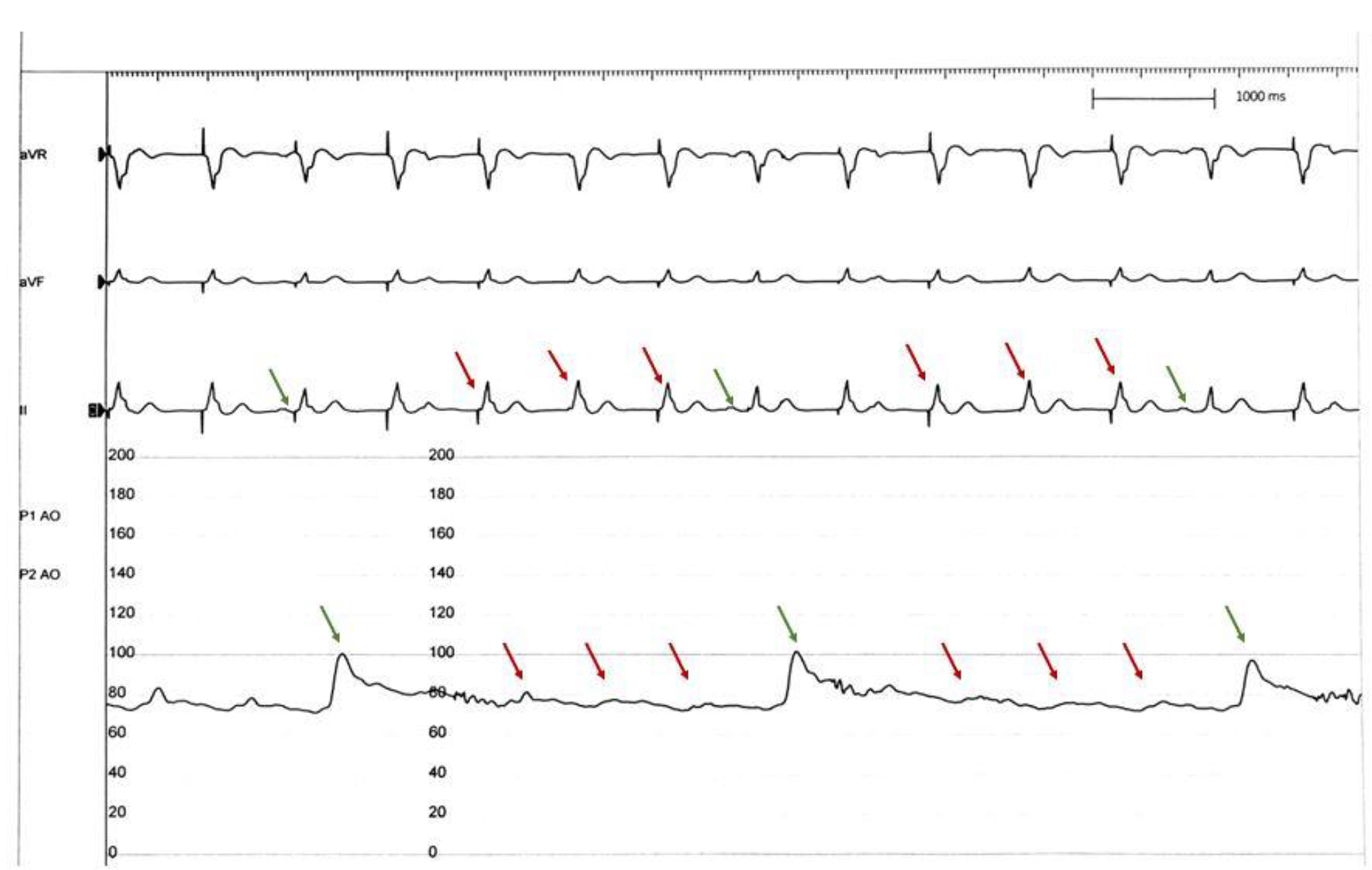| Khalid et al [26] | Observational, retrospective study | 407 | Impella CP (53.6%); Impella 2.5 (20.1%); Impella 5.0 (11.5%); Impella LD (0.2%); unspecified (14.5%) | Device-related events (damage of device components, device malfunction, and device separation) |
| Gaudard et al [27] | Observational, retrospective study | 40 | Impella 5.0 | Major device malfunction (device failure), minor device malfunction (flow, position or pressure monitoring failure), device malposition (intra-aortic or intra-left ventricular moving), and bleeding |
| Lemair et al [28] | Observational, retrospective study | 47 | Impella 5 (80%); Impella 2.5 (20%) | Device malfunction (due to kinking or unknown etiology) and high purge pressures |
| Meyns et al [29] | Observational, retrospective study | 16 | Impella 2.5 | Device sensor failure and pump displacement |
| Lauten et al [30] | Observational, retrospective study | 120 | Impella 2.5 | Device malfunction |
| Ranc et al [31] | Case report | 1 | Impella 5.0 | Acute thrombosis of the Impella inflow portion |
| Succar et al [32] | Case series | 5 | Impella CP | Impella thrombosis treated with tissue plasminogen activator |
| Floyd et al [33] | Case report | 1 | Impella CP | Kinking of catheter due to short stature |
| Alkhawam et al [34] | Case report | 1 | Impella 5.0 | Right ventricular failure |
| Hotta et al [35] | Case series | 3 | Impella 5.0 | New-onset aortic regurgitation after Impella placement |

